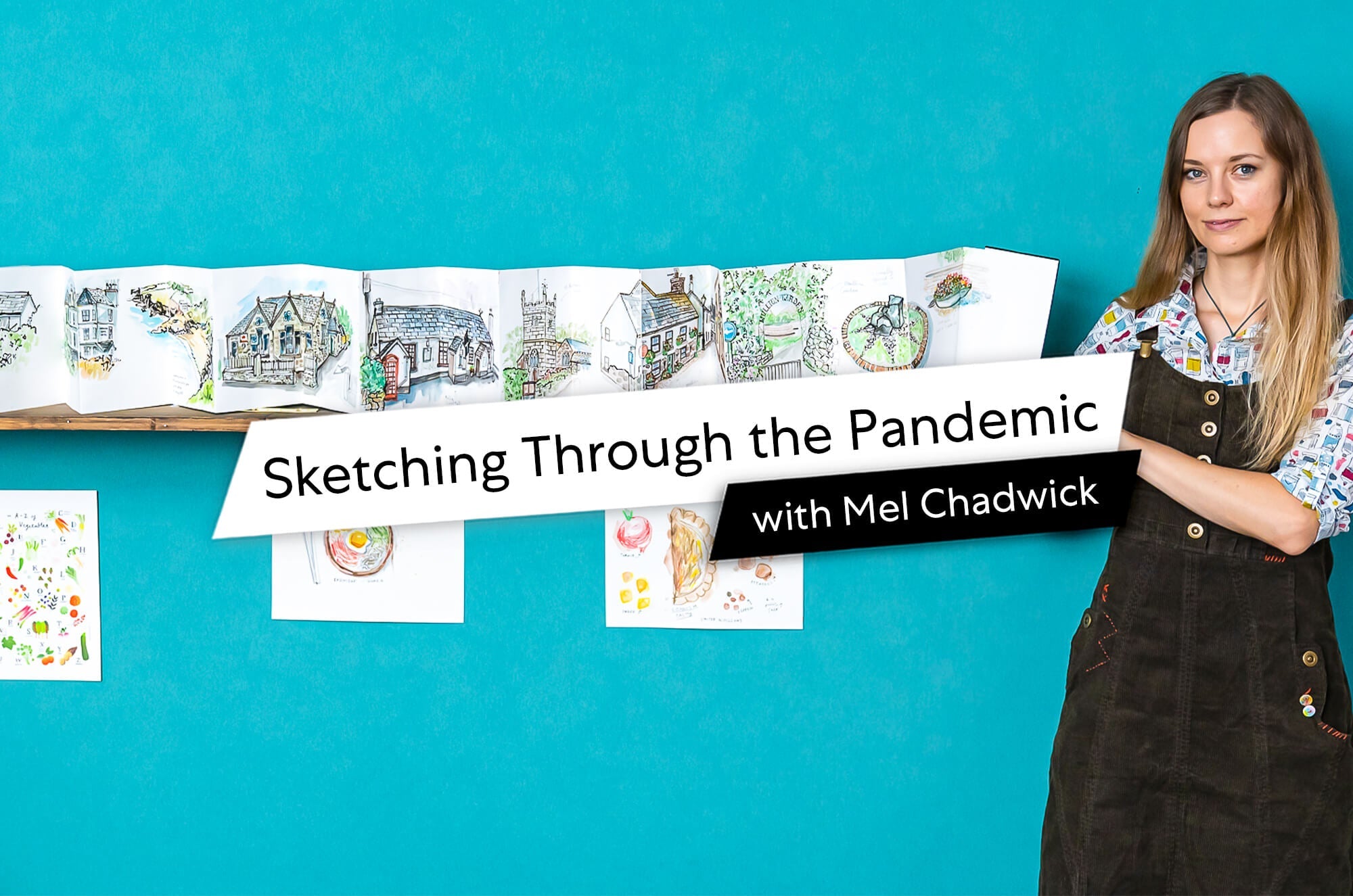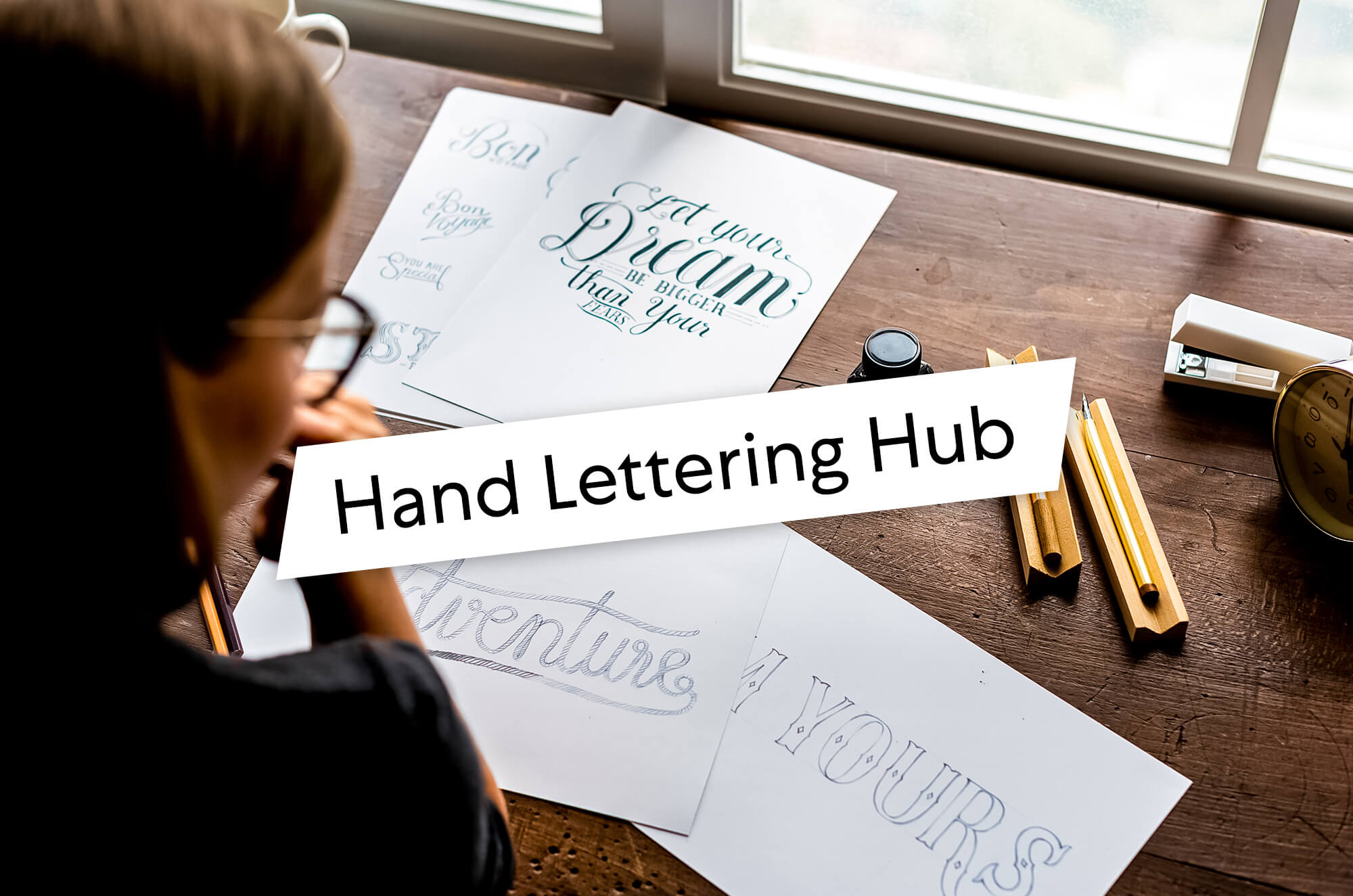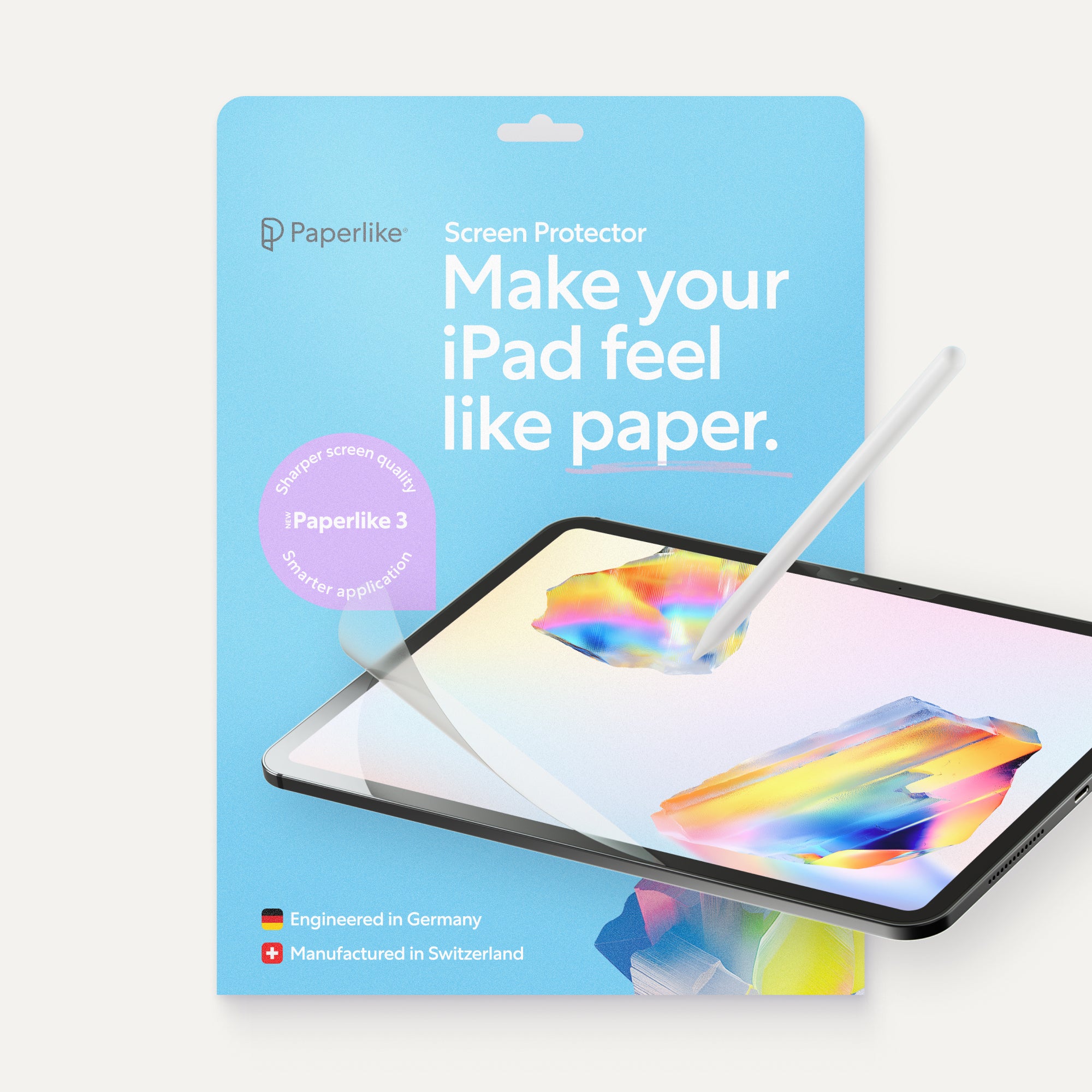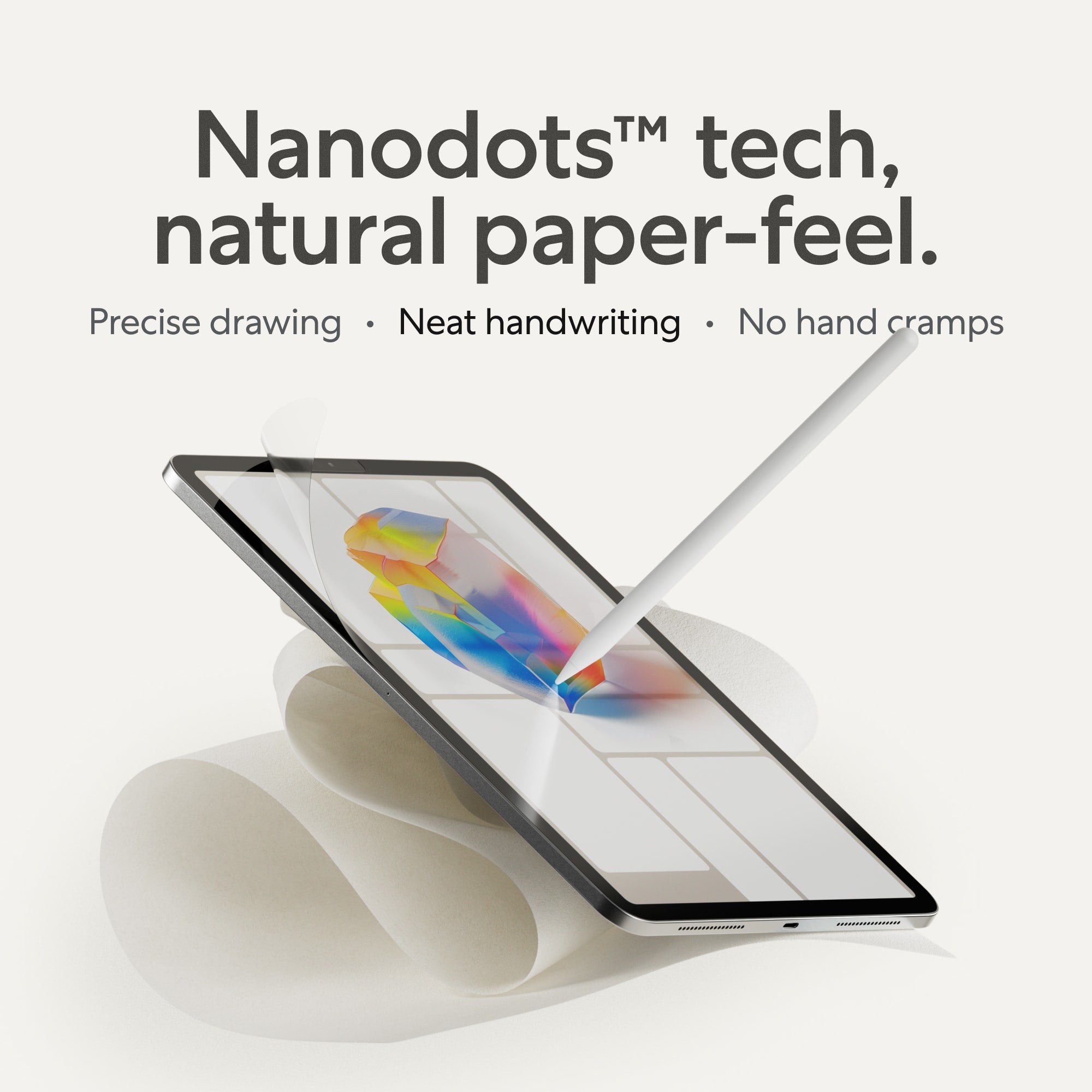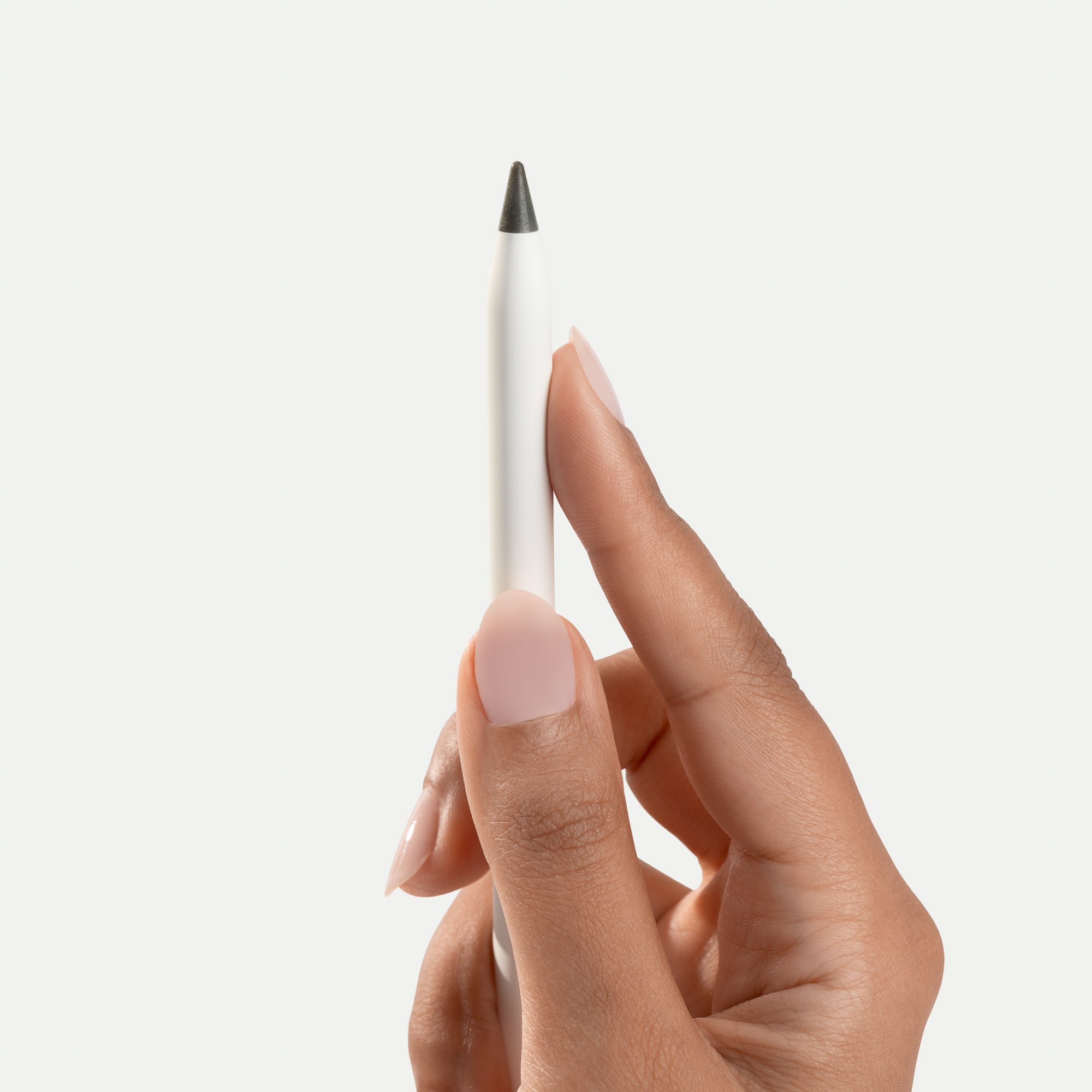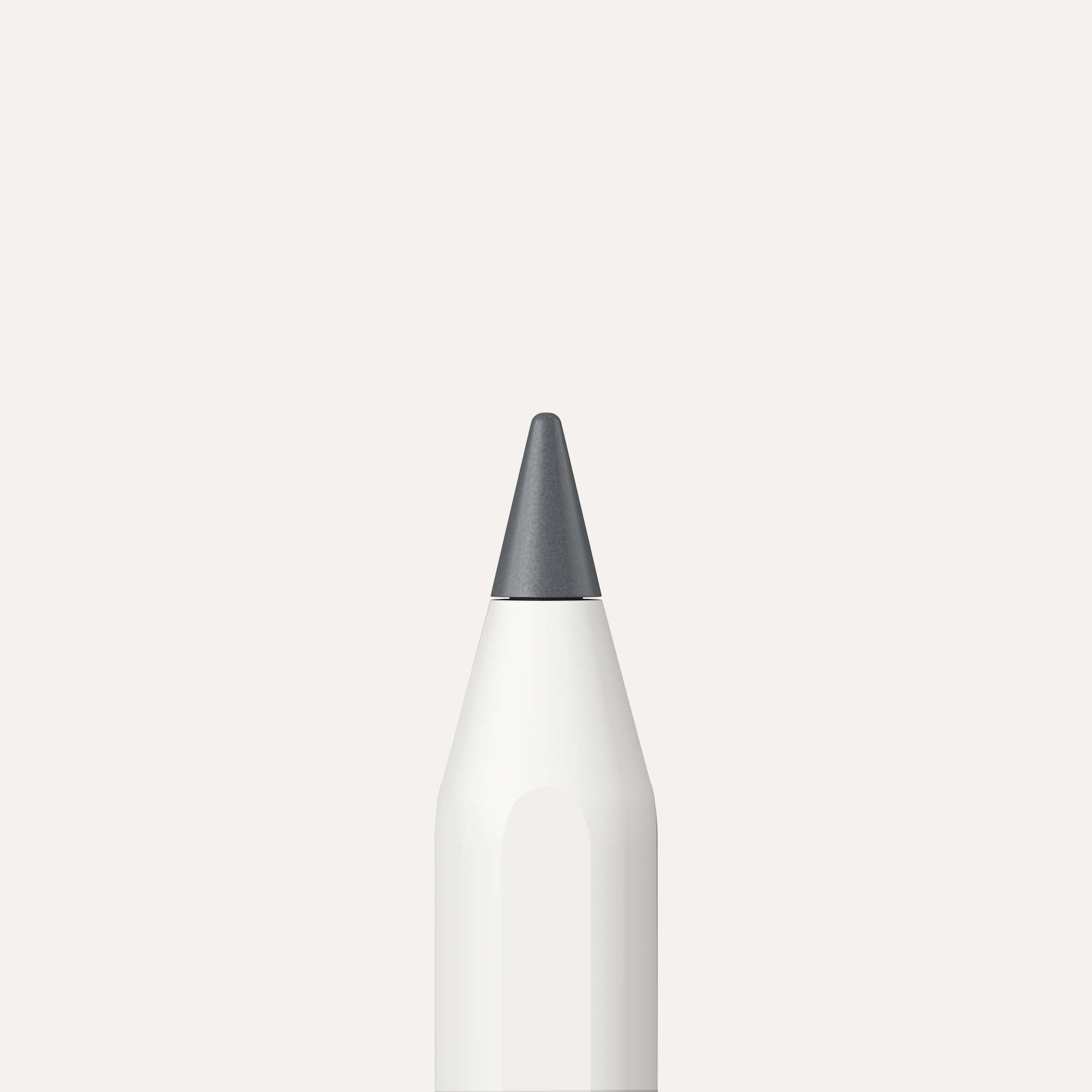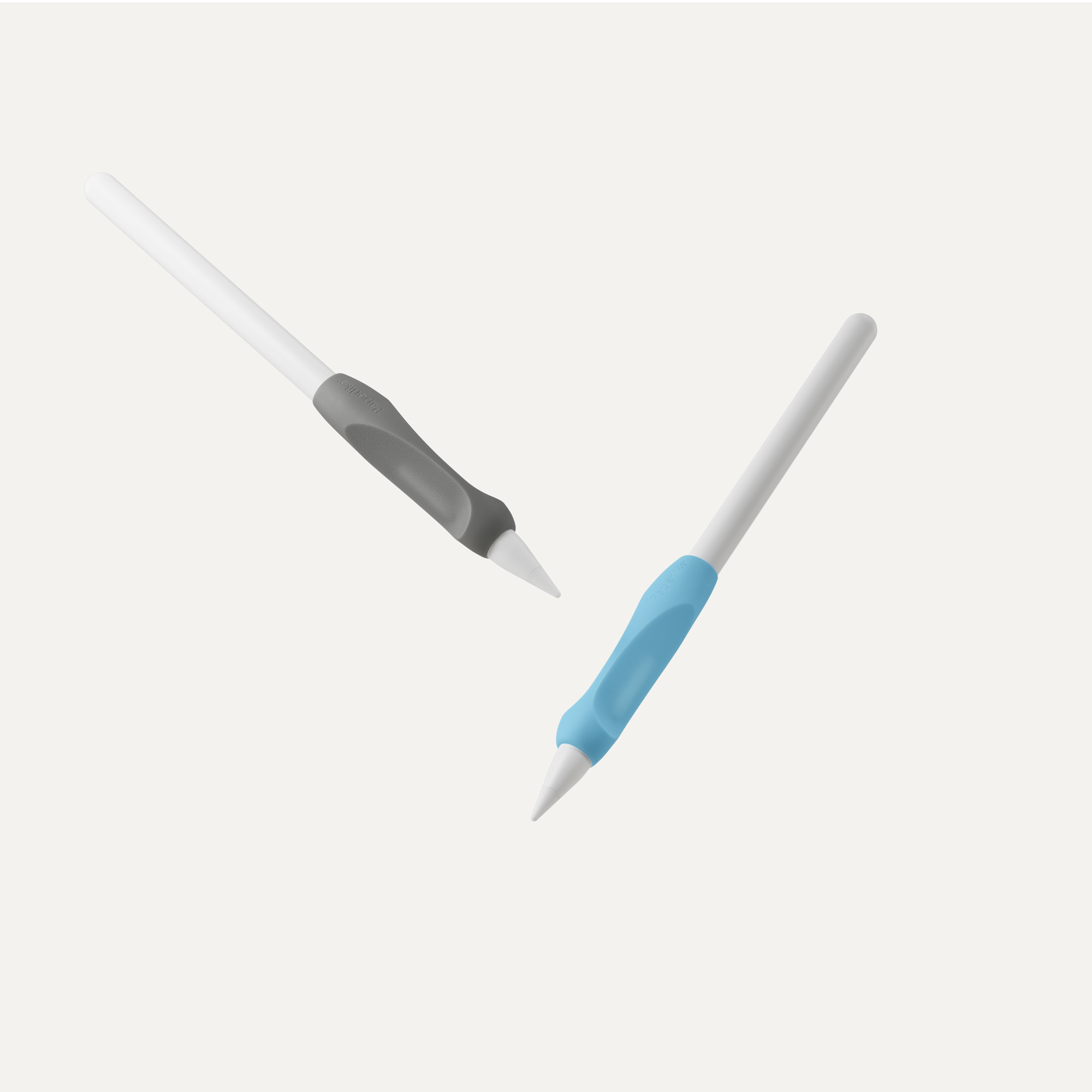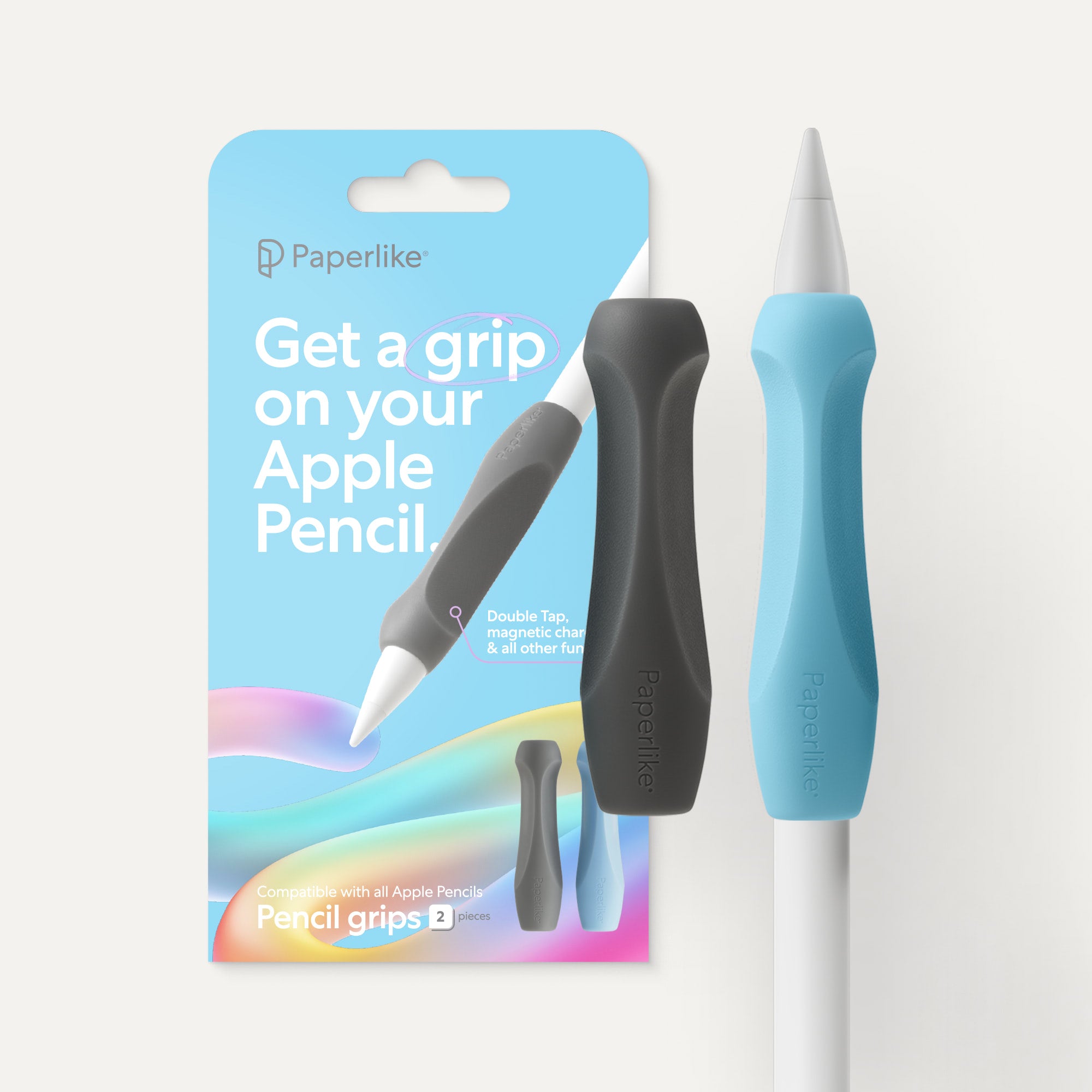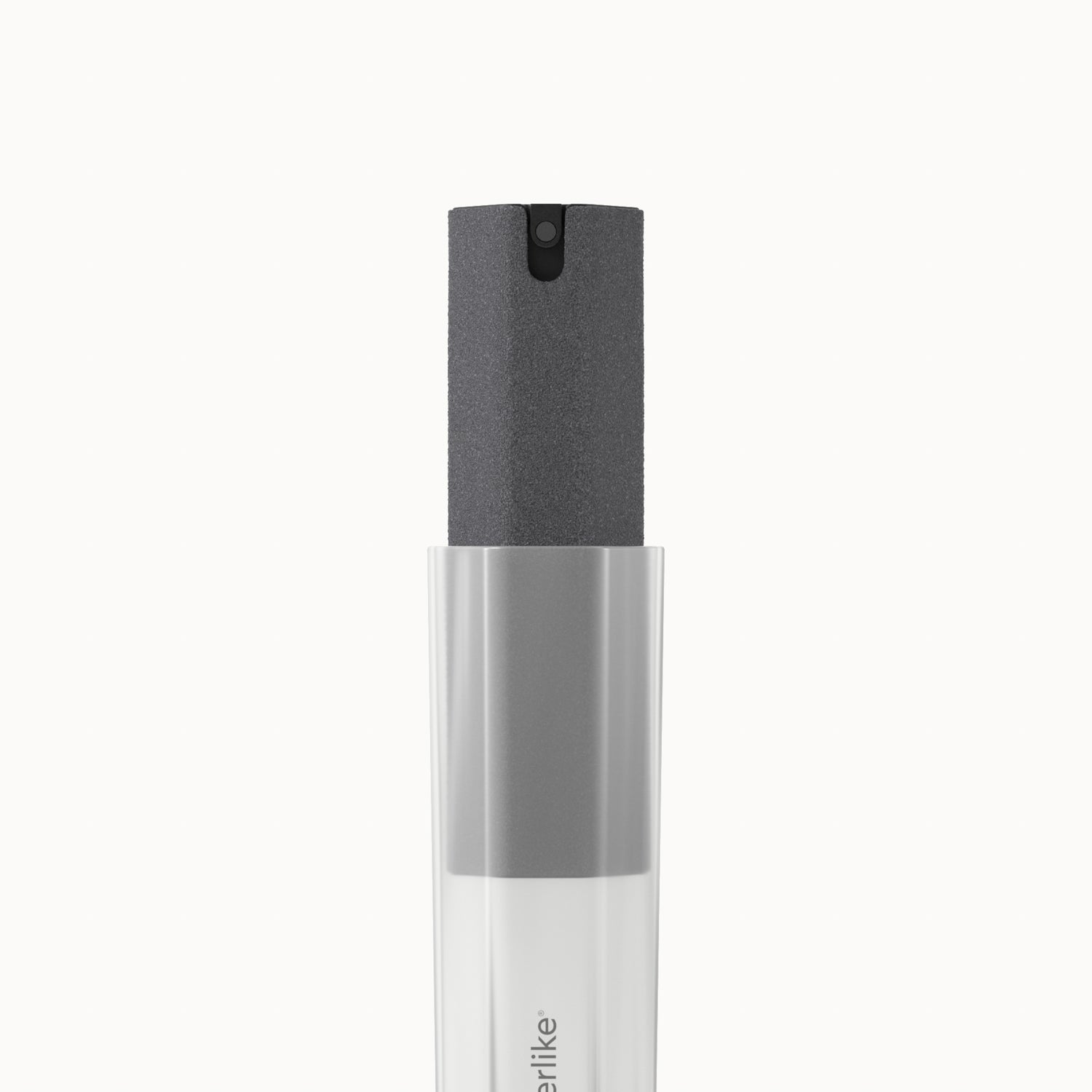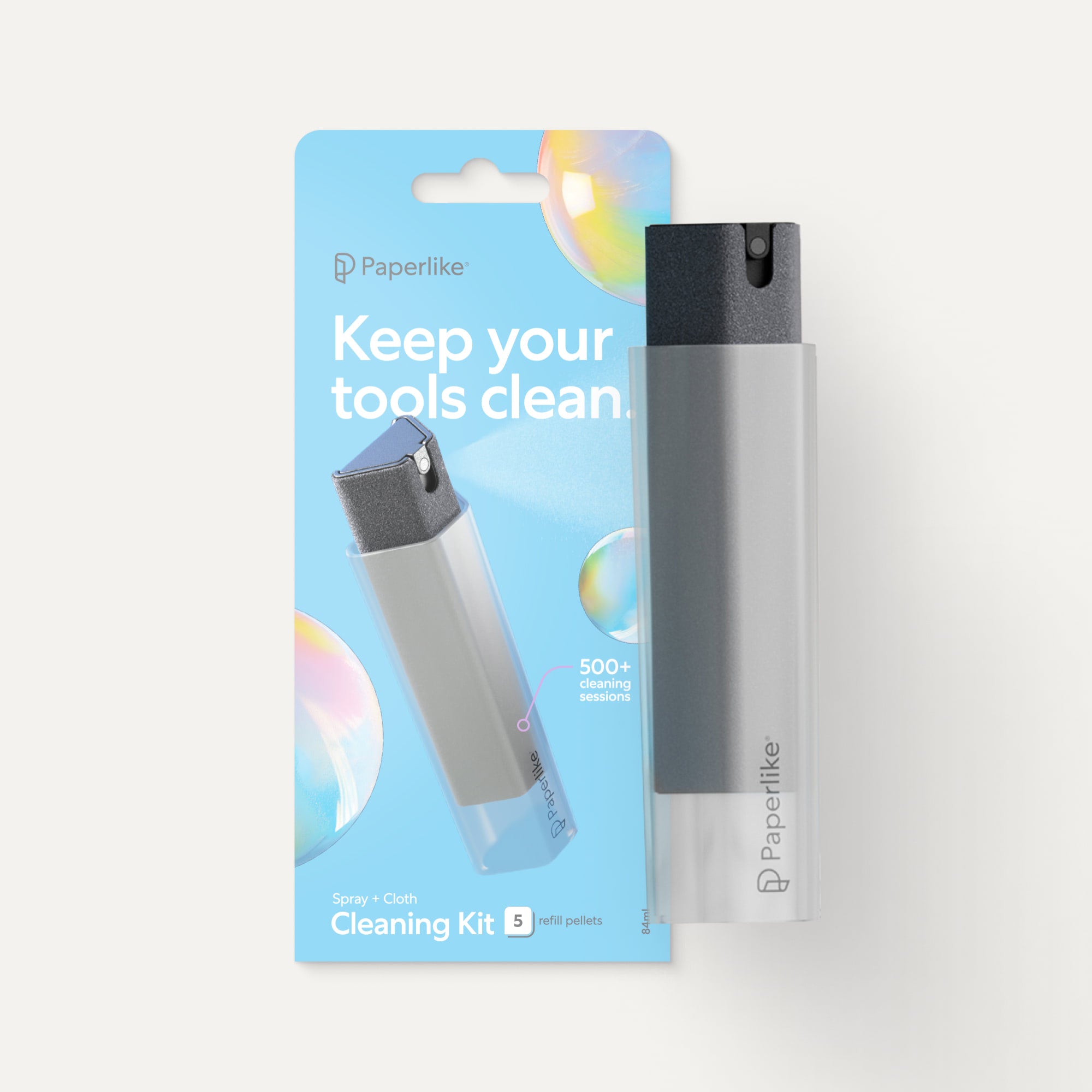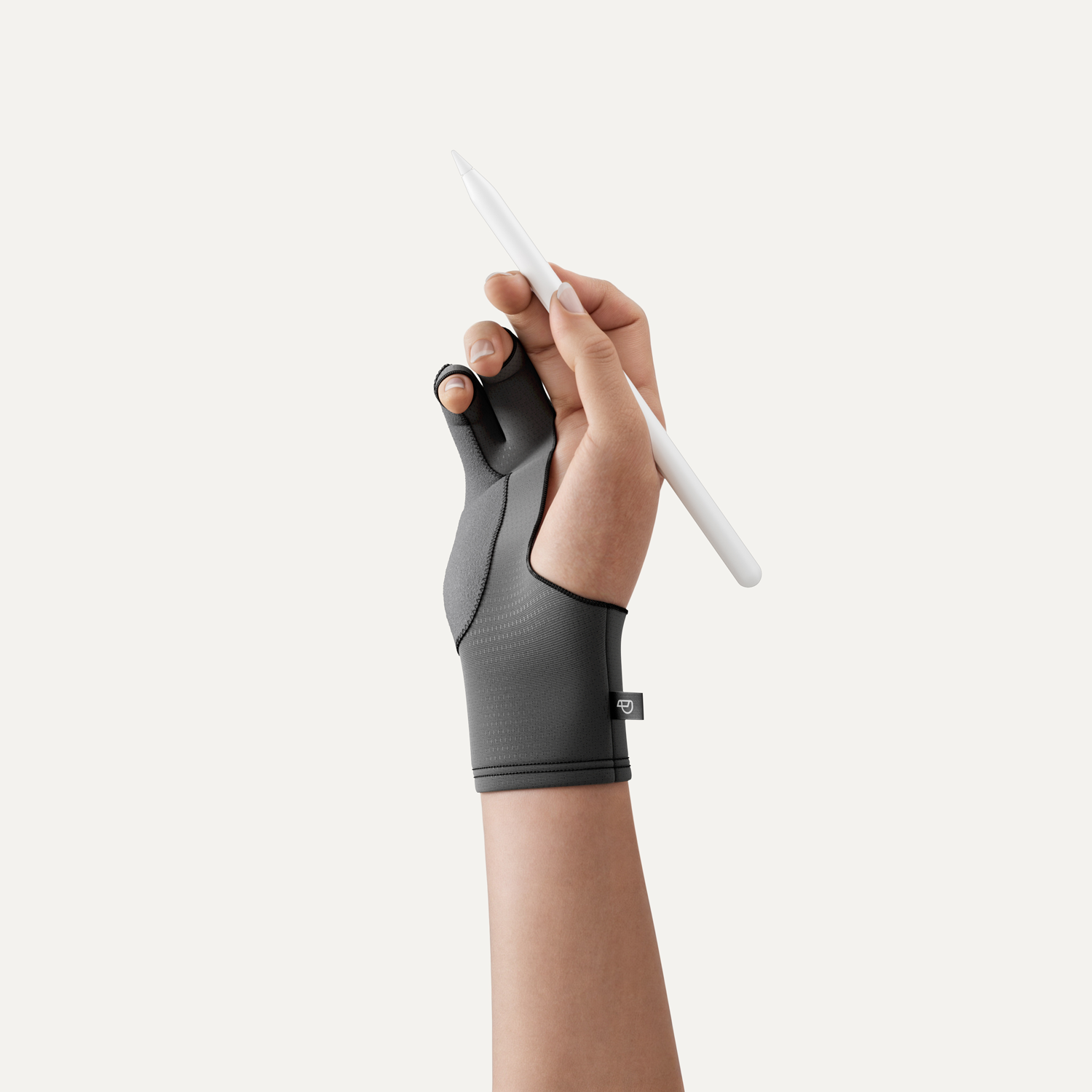Whether you’re in school or pursuing your career, notetaking should be a valuable skill in your toolkit.
Effective notetaking helps you capture main points and key details, and has been proven to improve both comprehension and recall. For high school and college students, notetaking is a great tool for tests. For professionals, notes can be critical when communicating with bosses, clients, and teams.
This article takes a look at everything you need to know about notetaking. We’ll cover why you should take notes, where and how to do it, what techniques and equipment you should consider, and more.
Let’s get started!
#toc#

01. Why is notetaking important?
If you’re in high school or college, notetaking is probably second nature to you.
Unless the teacher provides a handout, notetaking is one of the best ways to capture information during a lesson. Outside of class, many students use handwritten notes to summarize key information from textbooks, video lessons, and more.
The same is true at a college level, but the stakes aren’t as forgiving. Especially in large lecture halls, teaching assistants and professors often don’t have time to stop a lecture to answer individual questions.
If you’ve never stopped to think about it, though, you might not realize why notetaking is important. Here are a few major benefits that come from taking good notes:
- The notes you take have a huge impact on what you recall during testing and review. (Source)
- The biggest benefit of notetaking is that it provides an opportunity to review later, not the notetaking itself. (Source)
- Notetaking and review techniques produce better recall compared to a “mental” review of a lecture. (Source)
- Taking notes improves performance on problem-solving, but not necessarily on fact retention and verbatim recognition. (Source)
- Notes encourage students to build connections between what is presented and what they already know. (Source)
- Notetaking can help students improve their levels of knowledge and potential application of that knowledge. (Source)
- Notetaking is especially effective when teachers provide partial notes or skeleton notes to students. (Source)
As many peer-reviewed studies are quick to point out, it’s difficult to measure the true impact of notetaking due to the lack of standardization in the process.
Everyone takes notes differently, and, without guidance, it can be difficult for students to determine what to summarize and what information will help them pass an exam. Despite all of that, notetaking plays an important role in the cognitive aspects of learning for students.

Are there downsides to notetaking?
Taking notes is compulsory in many educational and professional settings, and it’s easy to see it as the only tool available to learners. In fact, it may be the only tool that learners are ever taught to use effectively.
While it’s true that students can see improved performance from as early as Grade 3, notetaking may not always be the best solution to the problem. When compared with other forms of recall and cognition, such as summarizing lectures or using self-derived question and answer methods, note-takers performed considerably worse than other groups.
The other major downside to notetaking is that it’s easy to get the details wrong — especially if you don’t know what you’re looking for. One study found that nearly all the errors in student lecture notes were created by errors of omission (leaving things out) rather than errors of commission (adding incorrect details to the notes), and the average student failed to record nearly half of the material which the lecturer did not write on the board.
Without the proper guidance, your recall may also be affected by your own personal biases. A study on juror notetaking during trials found that the type of critical evidence a juror recalled would predict their verdicts. Jurors who recalled more incriminating evidence were more likely to reach a guilty verdict. The same was true for jurors leaning in the opposite direction. While the study did improve overall juror recall, what they perceived as important ultimately helped to form their verdict.
Notetaking is particularly effective if you know how to isolate important points and you have some understanding of how to summarize and condense information in your own words. Otherwise, alternative review strategies (flash cards, self-questioning methods, summarization methods, etc.) may be more effective than simple notetaking.
Further reading

02. How to take better notes
Research shows that how you take notes has a huge impact on how effective those notes actually are.
Using the right kind of notetaking strategies in a given situation can help you isolate main topics and key points during a lecture or a meeting.
In this section, we’ll take a look at some key strategies and notetaking techniques to help you get the most out of your own notes.

Strategy and techniques
There are a ton of popular notetaking methods and strategies out there. Some are condensed into notetaking systems, like the Cornell Method. Other systems, like the charting method or the mind mapping method, are built around visual concepts and techniques designed to help organize ideas. The creatively inclined might also adapt the sketchnoting method to capture and consume content.
Whether you end up using the Cornell notetaking strategy or more simplified methods of notetaking, the strategy you use to capture meeting and lecture content is more effective when you pay attention to the presenter.
Depending on the class content, your strategy may also vary. For STEM subjects, using doodles and visuals may help you capture more information than longhand notetaking or the outline method.
However, regardless of which method you use, attending the meeting or lecture is critical to success. In every study we reviewed, students who took notes and attended lectures performed markedly better than students who reviewed notes without attending lectures (by borrowing them from lecture attendees).
Regardless of your notetaking skills, consuming critical information in more than one way is essential to effective learning.
Further reading
- How to Take Notes Fast
- 11 Note Taking Tips For Your Next Class
- How To Use Sketchnoting To Take Better Notes

Digital vs. analog notetaking
To add additional complexity to the most common notetaking methods and techniques, the digital revolution has changed the way that technology is used in meetings and lecture halls.
This has led to a variety of diverse opinions from teachers and professors regarding how students learn and whether or not these devices are truly beneficial when used in class.
On one hand, devices that replicate forms of notetaking — such as a digital tablet and a stylus — provide similar benefits to students using traditional pen-and-paper methods. On the other hand, many educators see these devices as massive distractions in the classroom, enabling students to surf the web, check email, and find other ways to amuse themselves.
This has also changed the way that professors and instructors deliver lectures and present notes in class. One professor found that adding time pressure to exercises and during notetaking helped to prevent digital distractions. Another found that students actually engaged with the topic and asked more questions when laptops were banned in the lecture hall.
Of course, adding additional pressure places an analog note-taker at a significant disadvantage if they try to copy the lecture verbatim. According to research, students taking handwritten notes can only write at .03 or .04 words per second, while a lecturer speaks at around two to three words per second.
Despite this perceived impediment during class, students who take notes by hand actually perform well in multiple studies because the act of handwriting notes gives students a chance to absorb and compartmentalize information in ways that simply don’t happen when using laptops.

What about laptops?
Without a doubt, laptops are powerful tools. Many students choose to use laptops to transcribe the lecturer’s instructions.
The problem here is that students using laptops actually see decreased performance on tests compared to longhand note-takers. Even though laptop note-takers have a larger quantity of notes, they often don’t take time to consolidate those notes into important points and summaries — something that happens naturally with longhand note-takers. Why? Because they don’t have a choice! Writing in longhand is slow, forcing these students to consolidate lecture content into various subtopics and summary sections. It’s the only way to keep up.
When using a laptop, many students can type quickly enough to keep up with the lecture — but they don’t absorb the material. This often creates the classic “in one ear and out the other” effect where the student captures a large quantity of notes but fails to actually learn the required material.
As an added source of frustration, the larger quantity of material generated by laptop users makes it more difficult to study — especially if they received no guidance from the professor regarding what to expect on the exam.
Further reading

03. When and where should you take notes?
While taking notes is expected in many educational institutions, these locations aren’t the only places where you’ll need to jot down ideas and concepts.
In this section, we’ll discuss when and where you should take notes, both in and out of the classroom.

School
Many students start taking notes very early on in their educational career. It’s a skill that is both necessary and reinforced from late elementary school to college.
In many ways, learning how to take effective notes is one of the cornerstones of modern education. Notes allow students to gain additional insight through verbal instruction. Training students to take notes also empowers teachers to highlight key critical information for uninitiated learners as they try to grasp key concepts and ideas.
But, while notetaking is an obvious requirement during class instruction, there are also many important areas of instruction where additional notetaking strategies may be required. Thanks to emerging technologies, students can learn in new and interesting ways. iPads and other tablets are transforming the way that students are taught by offering self-guided instruction and project-based learning exercises.
But even with these self-guided lessons, students should still jot down notes, ideas, and takeaways where they can. In these scenarios, taking notes may not be about capturing lecture information for a test. Instead, it might be about drawing specific conclusions and insights that result from discovery and exploration.
Notetaking skills are important here because they give students the ability to summarize their own conclusions. By putting foundational concepts into their own words (rather than copying them verbatim) students demonstrate mastery of important ideas and information.

Work
What happens after school is done? It’s easy to think notetaking skills become obsolete the day a student leaves high school or college — but that couldn’t be farther from the truth. Many careers can be improved by diligent notetaking, especially during meetings, interviews, and when conducting research.
Many administrative roles require excellent notetaking strategies. Executives and consultants who need to conceptualize and expand the CEO’s vision for a company often need to capture and expand upon those main points. Marketers and researchers conducting customer interviews end up taking notes in order to look for common patterns in the business-to-customer relationship. Even small business owners, from technicians working in the field to freelancers sitting at their desks, often take notes before bidding on a job or recommending a specific service.
However, that doesn’t mean that office employees should carry around a notebook at all times. At work, notetaking is a key productivity skill — and it’s changing as digital technology evolves.
Some productivity specialists even recommend digital notetaking systems over traditional pen-and-paper tools. Tom Solid, founder of the Paperless Movement, is one such advocate. Tom recommends using digital technology to improve effective notetaking at work because of the huge benefits that note-takers see regarding document management and workflow automation. The ability to generate notes quickly and file them in an easy-to-find format gives digital note-takers a leg up on the competition.
When taking notes in the workplace, using flexible productivity tools to get work done can be an important step in career advancement.

Home
Prior to the COVID-19 outbreak, only around 3% of US employees telecommuted or worked from home at least half of the time. That has changed drastically since Spring 2020. Now, work and education have been forced into traditional living spaces.
For note-takers, this adds another level of complexity and importance when trying to keep good notes. Regardless of how notes are captured in the home (pen and paper, family computer, personal tablet, etc.), everything needs to stay consolidated and organized.
Digital notetaking allows users to leverage cloud-based technology in order to keep notes tidy, regardless of other circumstances. This is great for students who are taking classes remotely and want to use a single notetaking device (iPad) rather than multiple notebooks.

04. Tools of the trade
So far, we’ve talked about why notetaking is important and where you should consider taking notes during your educational and professional career. We’ve also touched on a few notetaking styles and strategies to help you get started.
In this section, we’ll cover some basic tools that can help you boost your notetaking skills.

Hardware
When taking notes, the hardware you use is critical. Whether you’re sitting down with a sharpened pencil and a clean sheet of paper or considering more robust tools for taking notes, it all starts with having the right hardware.
Analog
Almost everyone learns how to take notes using the classic tools: Pens, pencils, and paper. Even today, it’s the most fundamental and cost-effective way to master this skill.
This ubiquity is also the reason that students see such disadvantages when taking notes on laptops and personal computers. Our brains are wired from an early age to take notes by writing them down.
In a pinch, we’d still recommend this method as an affordable and practical way to take notes. Pens and printer paper are easy to find in an office or a classroom, and using them to capture notes is better than missing critical information.
We also recommend this method because modern notetaking apps make it easier than ever to import your handwritten notes into your digital library. Most notetaking apps allow you to scan your notes and import them directly into your preferred notetaking interface. Plus, in-app features like optical character recognition scan your handwriting so that it’s searchable when you look for it.
Digital
While digital could refer to PCs and laptops, we don’t recommend those for notetaking due to some of the major disadvantages that PC users experience while using them. (See previous section.)
Instead, we recommend tablets when it comes to digital notetaking, especially when using a stylus. Why? Because this combination of equipment mimics the analog approach to notetaking but adds new features to help you keep your notes organized and accessible.
With a traditional three-ring binder setup, you can get creative with tabs and dividers but, at the end of the day, you’ll still be flipping pages while you try to find the notes you were looking for. If you’re taking notes on a regular basis, or about a variety of topics, digging up the notes that you took weeks or months ago can be extremely difficult.
Digital search functionality changes all of that. Modern apps have become very good at reading sloppy handwriting (Trust us! We tested this firsthand!), which means that everything you write is easy to locate.
On top of that, using a tablet and stylus still allows you to gain the cognitive benefits of taking notes using longhand — because that’s exactly what you’re doing! The only difference is that you’re using a digital app rather than a paper notebook.
Further reading
- Deep Dive: Is the Apple Pencil Really Worth Buying
- Paperliker’s Holiday Gift Guide: The Best iPad Accessories for Creators & Doers [2021]

For top notetaking performance, Paperlike recommends the following setup:
- Apple iPad
- Apple Pencil 2
- Paperlike for iPad
- Notetaking App

Apps
Using the right app is critical to your success when you’re using digital technology to take notes. The app you ultimately choose to use will have a major impact on how you take, store, and access your information.
In creating our notetaking series, we look at a lot of different notetaking apps. We’ve narrowed our favorites down to our three top choices. Each app is great, and we encourage you to explore them all.
GoodNotes
Preferred by notetaking enthusiasts around the globe, GoodNotes 5 for iOS and Mac is an excellent choice for jotting notes, organizing documents, and leaving pen and paper behind.
This app comes equipped with interesting features to organize your notes, including various folders and notebooks. You can also format your documents and pages, adjust the size and shape of your tools with precision, and sync your content across multiple devices.
Notability
Known in many circles as the king of audio notes and audio-based notetaking, Notability is a fantastic and practical notetaking tool whether you’re recording lectures or annotating documents.
Notability’s defining feature is its audio recording. When set to record, Notability syncs what you write with what it hears so that you can tap on your text to play back the audio that you were hearing when you wrote down a specific word or phrase.
While Notability doesn’t offer as many customization options as GoodNotes when it comes to tools, what it does offer in terms of adjustment is still significant. For anyone who is looking for a practical and effective way to store notes, this is a streamlined notetaking tool that you don’t want to miss.
Noteshelf
This app does its best to strike a careful balance between GoodNotes and Notability.
While it offers more functionality than Notability when it comes to document organization and customization, it doesn’t go overboard with pointless bells and whistles. On the other hand, while Noteshelf offers some of the features that Notability offers, like audio recording, it doesn’t perform nearly as well.
This app has fans everywhere, pulled from all over the notetaking spectrum. One of the biggest advantages that Noteshelf has over the competition is cross-compatibility. This app is available for iOS, Android, PC, and Mac. If you want to bring your notes everywhere, this is the app to use.
Further reading
- Noteshelf Review
- GoodNotes vs Notability
- Best Notetaking Apps for iPad
- Best Index Card Apps for iPad
- Apple Notes: Everything You Need to Know

Templates
One of the best ways to stay productive and keep your notes organized is to use a template. A quick Google search or Pinterest session can help you find free templates to import into the notetaking app of your choice.
You can find a variety of templates out there, from organizers and checklist templates all the way to notetaking templates focused on any of the common notetaking styles. Even if you’re just using the sentence method for notetaking, templates can help you streamline your efforts.
If you can’t find any template that works for you, don’t forget that you can always make your own. Every notetaking app that we’ve looked at so far allows users to create templates out of notes that they have created. All you’ll need to do is line out the notes in a way that makes sense to you, and then use the templating option inside the app to add your creation to your template library.
With templates, we recommend either using a header or a summary section so that your notes are easier to find when it’s time to review. Remember that most notetaking apps will index your handwriting so that the content is searchable. All you need to do is tag a note with the right word in order to quickly recover it.
Further reading

05. Wrapping up
And there you have it — everything you’ve ever needed to know about notetaking!
But wait! There’s more.
In all seriousness, notetaking is an essential part of education, and it can be critical to daily productivity. It’s one of the most accessible skills that we have when it comes to capturing knowledge and direction.
However, it’s important to point out that notetaking isn’t a silver bullet when it comes to learning. There are other methods of preparation that you should also consider while studying for a big exam.
Research has actually shown that mental rehearsal — “an internal memory aid for improving memory by mentally repeating the information to be remembered” — can actually be more effective than notetaking. Unfortunately, mental rehearsal is also an extremely active process and requires constant thinking.
If notetaking doesn't work for you (even after you’ve tried everything on our list!), don’t be afraid to consider alternative options to succeed in your educational and professional endeavors.



